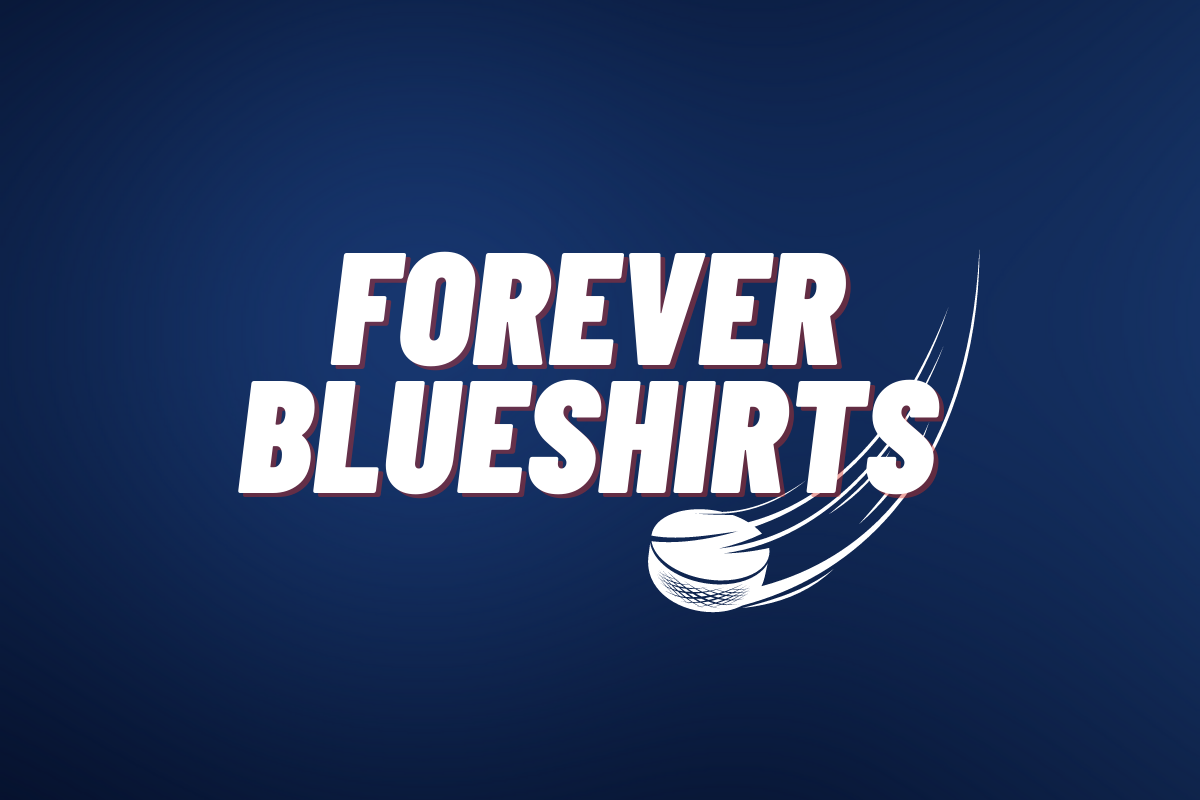Derek Stepan, Should He Stay, Or Should He Go?
Will trading Derek Stepan make the Rangers better or worse? On a nightly basis, Stepan is pitted against the opposing teams’ best center and best forward line. Because of that, his point per game average has declined. When Brad Richards was here and Stepan was playing against 2nd and 3rd line types, he scored 44 points in 48 games in a lockout shortened season. He then followed that up with a career high 57 points the following year. He also had his best playoff year in scoring 15 points in 24 games. In the last few seasons, though, his scoring has slipped a bit, especially in the playoffs. Center is a very important and challenging position to play. There are many nuances to look at to determine the big picture and really figure out if Stepan should continue his stint on Broadway or if he should pack his bags.
Cap Hit and Contract Situation
First, his contract plays a big role in either scenario. He carries a $6.5 million cap hit for the next four years. A lot of people will argue that he makes too much money for someone that produces the points that a second line center gets. There is some truth to that. Second line types, like Derick Brassard or Artem Anisimov (mid 50’s point range), make in the 5 million dollar range. Another factor is his no movement clause. As of July 1, Stepan has a full no-movement clause for two years. Before that date, he can be traded to any team in the NHL without his permission. After July 1, total control shifts to Stepan for the next two years, which is followed by two years where he submits a list of 15 teams he will not accept a trade to. If the Rangers want to move him without any issues arising, it has to be this month.
On-Ice Play and Matchups
To be fair, when you look at Stepan’s game, you have to look at everything he brings to the table. Besides playing against top centers, he is a primary penalty killer and has always been on the power play unit. A closer look at the power play statistics show us that he isn’t very productive on the man advantage. Last year he averaged approximately 3 minutes a game when the Rangers had the power play and had 4 goals and 14 assists. The previous year he averaged 2:36, and had 5 goals and 9 assists.
The Rangers power play production has been in the bottom half of the league the last 2 years. And it’s certainly not one man’s fault. But, it has gotten so progressively worse, that change is now a must. Two of the biggest issues this unit has is a lack of right handed players and too many playmakers. They lack people who think about pulling the trigger first. Stepan is one of the few righties on the team and is also very much a pass first player. And therein lies the contradiction in possibly trading him. If Stepan is to stay on this team and continue to receive power play minutes shooting more must be drilled into his head.
Stepan endured a very streaky season this past year. He had a 23 game goal drought that stretched from January into March. He has had 4 double digit goal-less streaks in his career. Even though he is more playmaker than goal scorer, he is at an age when consistency should not be this much of an issue. But, he is a heat shield of sorts for the other Rangers centers by going up against the other teams best players. Kevin Hayes, Mika Zibanejad and Oscar Lindberg all get to reap the rewards of playing against less than top pair defensemen, and first line forwards for the most part. If Stepan wasn’t there, how would these 3 fair against better players? Would they mature and thrive, or would they struggle with more responsibility?These are some of the things a GM has to look at when making such a huge decision.
Stepan has never been a 50% faceoff man and his percentage gets worse in the playoffs. But, he is a great leader and reliable defensive player. It seems like for every negative, there is a positive. If Ranger management feels Hayes, Zibanejad and Lindberg can be the teams’ top 3 centers, then a trade is more likely. Lindberg has been a scorer in the past in Sweden and Hartford. Can he be a 20/20 man? Can he kill penalties? These are all things that have to be taken into account.
Now, What Could They Get For Him That Makes Sense?
A right handed defenseman would be the first choice for most. Could they get Justin Faulk for him? What about Jacob Trouba? Carolina would want a lot from the Rangers for Faulk and he would almost certainly cost more than just Stepan. In Trouba’s case, the Jets and Rangers would have to involve a third team to make that happen. The Jets seem to want a left defenseman, in the same age group as Trouba. In my opinion, I would give up any Ranger forward to make that type of trade for Trouba. But it takes 2 to tango, and adding a third team adds to the complication. Another option is trading Stepan for a better center. This would entail other assets going to the other team. The one thing I don’t see happening, at this point, is simply trading him for picks to open cap room.
Whatever happens, the organization will have to weigh the positive and negative ramifications of trading or not trading him. Other factors will surely be how many of Kevin Klein, Dan Girardi and Marc Staal could be moved out. Staal will be very difficult if not impossible. But if Gorton pulls a rabbit out of his hat, and trades Staal, then keeping Stepan seems more likely.
Cutting ties with a homegrown player, who is a big part of the leadership group, is major surgery. If there was ever a time that major surgery would happen to the team, this is it. A disappointing playoff exit, and an expansion draft are the “perfect storm” of factors to spur aggressive player movement throughout the league.
More About:New York Rangers Features

